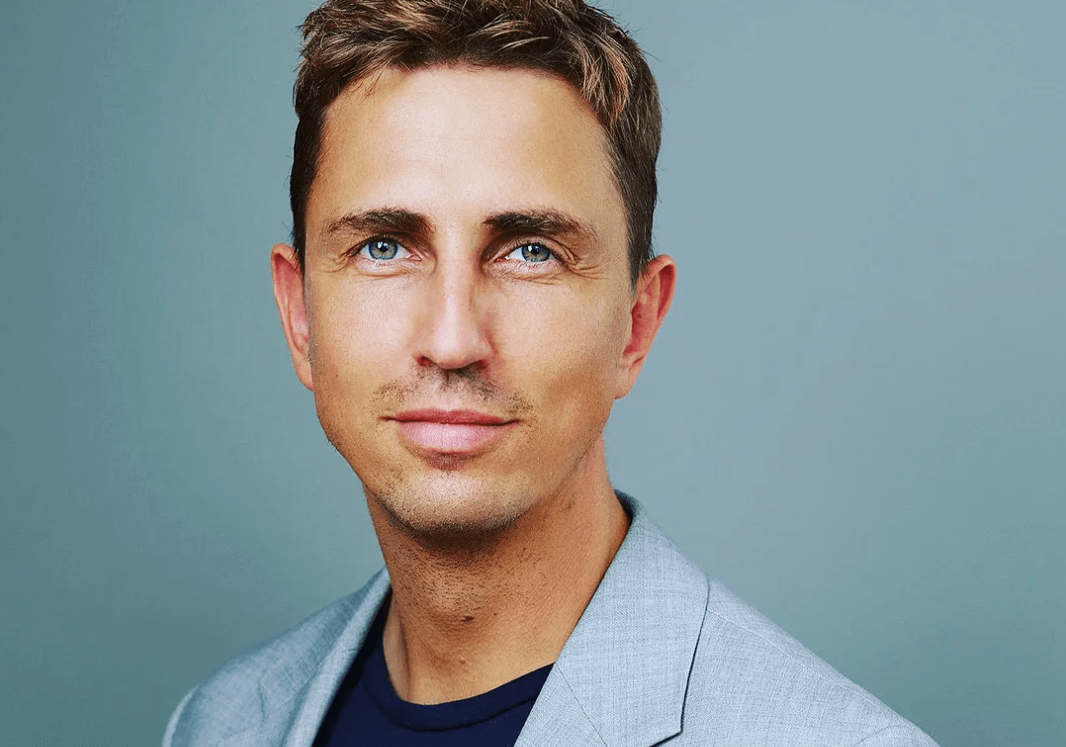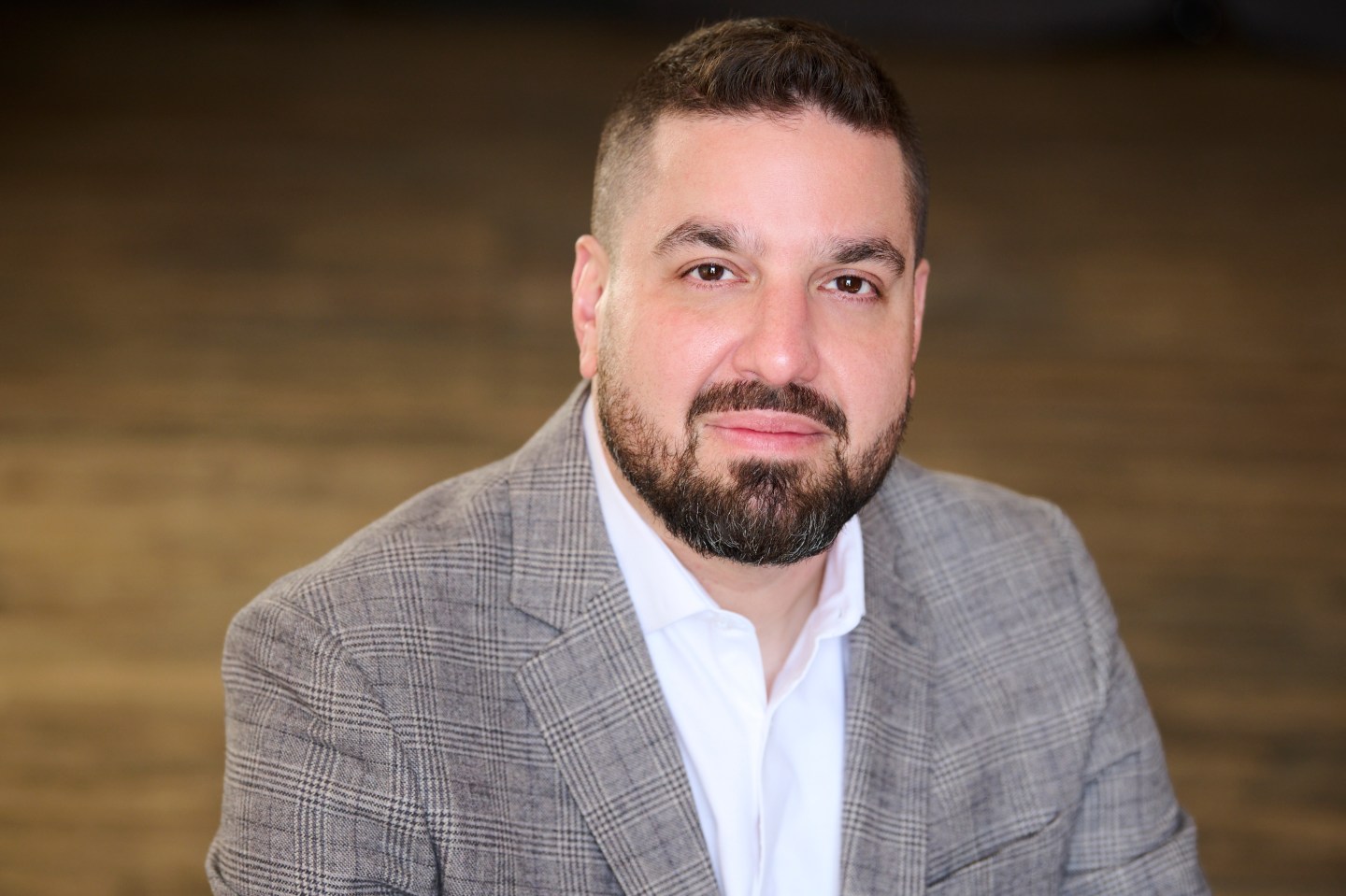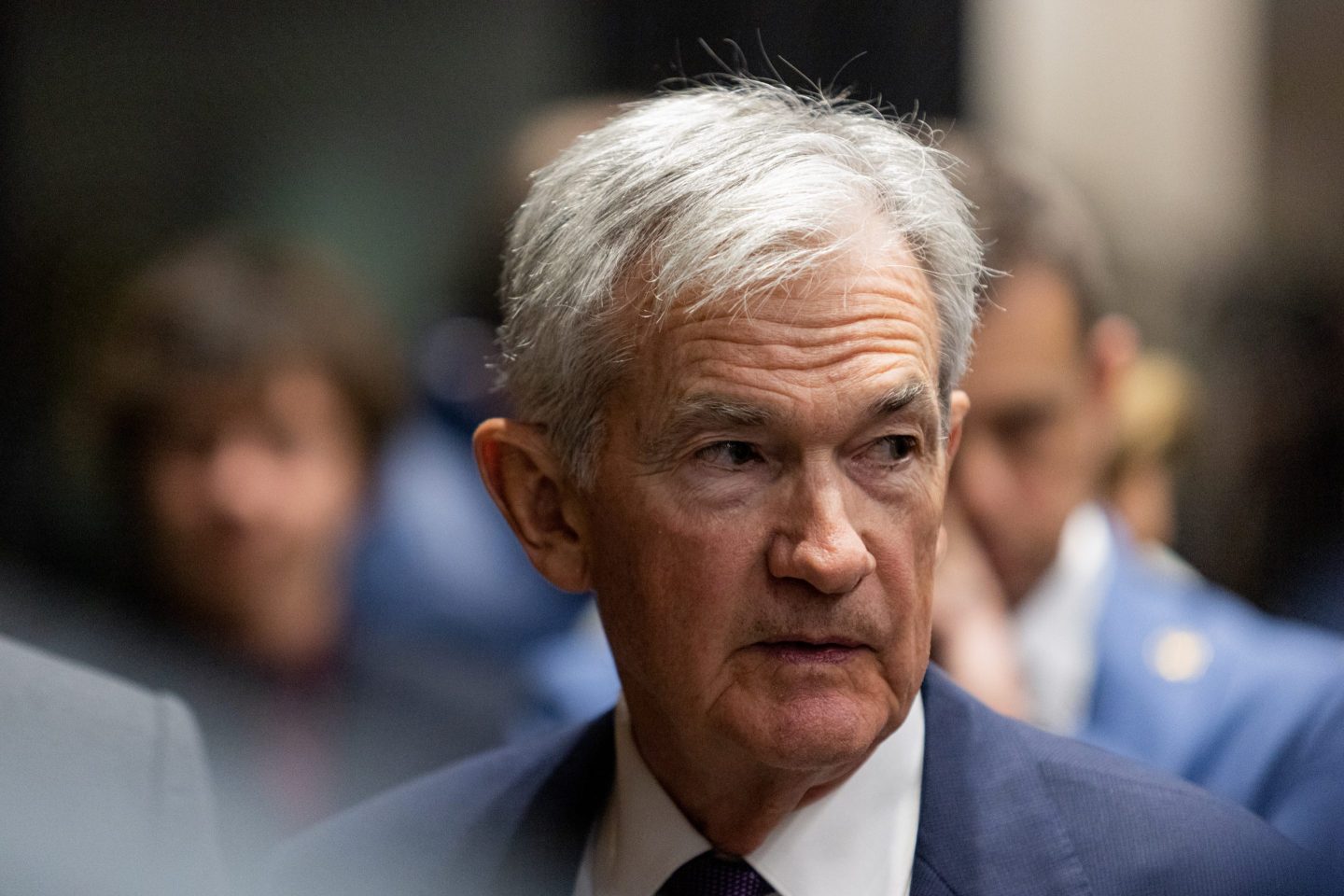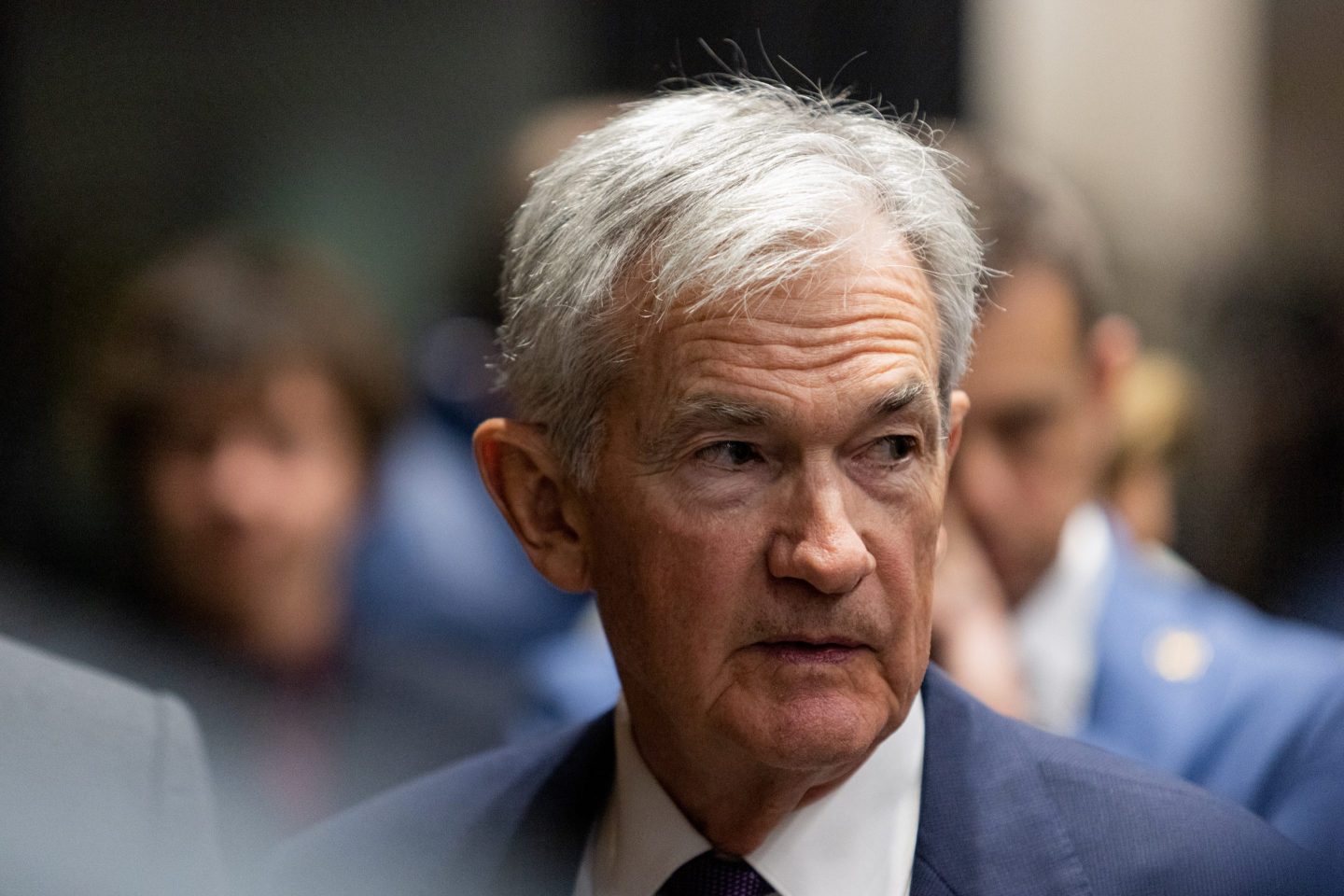Dick Costolo, former Twitter CEO, once said: “Every good deal dies at least three times.” I know that truth firsthand. Sooner or later, most venture-backed companies face the same test: can you adapt without losing sight of the problem you set out to solve?
Today, Corti’s healthcare AI infrastructure supports nearly 100 million patient interactions each year across Europe and the U.S. On the decade-long road to get here, our company, Corti, faced three pivotal “deaths” that tested conviction and sharpened focus. Founders know these moments: aligning teams, testing assumptions, managing expectations after raising capital.
The first was in 2017. Corti was a seed inside Hyvi, a research team chasing what seemed impossible: streaming AI in real time, fast and accurate enough to augment professionals during live conversations. From the beginning, healthcare was the hardest, most meaningful test, where reliability meant life or death.
The challenge grew when the founding team split over the company’s future. After a surreal visit to what felt like Willy Wonka’s chocolate factory in Menlo Park and deciding it was wrong to sell to a big-tech player, two founders stepped away while Lars (Maaløe) and I doubled down on healthcare. By 2018, Hyvi had become Corti, focused on clinical-grade, low-latency AI. Many have faced the same trial: take the exit in front of you or commit to a harder path. The first big choice is rarely about technology; it is about conviction.
Years of research followed. By 2020, real-time AI could predict and understand medical conversations with precision. We were ready to bring our API to the world.
Then COVID hit. Healthcare was asking for apps, not APIs. We adapted. We launched triaging tools, clinical co-pilots, and AI scribes. Those apps helped clinicians under pressure and drove revenue. At one point, 80% of our team was servicing deployments rather than compounding infrastructure strengths. Growth was strong but was pulling us into a category we never meant to lead.
Clarity came as partners kept asking: Why are your apps so accurate? The answer was not the apps. It was the infrastructure beneath them: proprietary healthcare language models, orchestration, streaming architecture.
By 2023, that recognition shaped our fundraising. We closed an impressive $60 million Series B; investors backed us on the strength of the apps business we had built during COVID but also trusted that the infrastructure powering those apps was our real edge. The capital made us stronger but also brought gravity. Every contract carried serious promises, and we had to sharpen alignment around what we truly were.
Soon after, the market made that alignment unavoidable. Some of the world’s largest healthtech companies told us they did not want applications at all. They wanted the foundation. One of those conversations became months of negotiation with a top three healthtech company, and earlier this year it became public: they chose Corti infrastructure over Microsoft, OpenAI, and Anthropic.
That was the moment of inevitability. Corti had not been born to chase apps. From Hyvi to Corti, our DNA had always been infrastructure. The detour into applications was not wasted; it proved our technology under the hardest conditions. The path forward was clear.
Competing with the world’s largest infrastructure companies meant radical alignment. We had dozens of app customers and a handful of very different infrastructure deals. The shift was painful: unwinding legacy agreements, leaving behind recurring revenue, resetting expectations. We rebuilt parts of the stack, developed sovereign deployment options, and reoriented go-to-market toward healthtech builders. It was not glamorous, but necessary to build something that lasts.
And it worked. In the last several weeks, 60% of Corti developers used our API for the first time — a surge reshaping how we think about developer experience, support, and what is possible when customers move this fast.
Looking back, we “died” three times but were reborn stronger. The lessons travel beyond healthcare: first, raising money is not the destination; it is fuel. Second, capital should amplify alignment; without it, you drift. Third, the hardest move is not turning down an investment; it is holding your core belief after you have taken it.
If there is one message, it is this: do not fear pivoting after raising capital. The check is not the finish line. It is the beginning of harder choices.
Today, Corti stands where it was always meant to: building the rails for medical AI. Healthcare does not need another scribe bolted onto a generic model. It needs infrastructure that is safe, adaptable, and built for the thousands of workflows that make up real medicine.
Returning to our roots was the continuation of what we always wanted to build. From Hyvi to Corti, the mission has been the same. Healthcare is too important for shortcuts. The strongest future does not just arrive. It pulls you back to it.
The opinions expressed in Fortune.com commentary pieces are solely the views of their authors and do not necessarily reflect the opinions and beliefs of Fortune.











